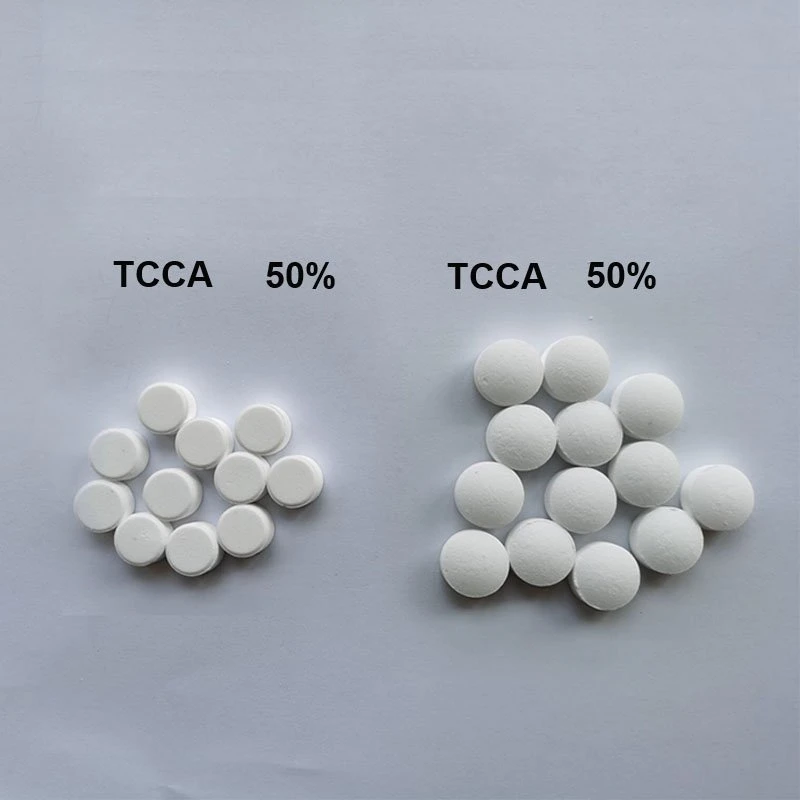



sodium hydroxide ph
Understanding the pH of Sodium Hydroxide Chemistry and Applications
Sodium hydroxide, commonly known as lye or caustic soda, is an inorganic compound with the chemical formula NaOH. It is a highly alkaline substance, which means it has a high pH when dissolved in water. The pH of sodium hydroxide solutions is critical in various applications, ranging from industrial processes to household cleaning products. This article explores the pH of sodium hydroxide, its implications, and its practical applications in various fields.
The Nature of pH
pH is a scale used to specify the acidity or basicity of an aqueous solution. It ranges from 0 to 14, with 7 being considered neutral. Solutions with a pH less than 7 are acidic, while those with a pH greater than 7 are alkaline or basic. Sodium hydroxide is a strong base, which means that it fully dissociates into sodium ions (Na⁺) and hydroxide ions (OH⁻) when dissolved in water. This complete dissociation results in a very high concentration of hydroxide ions in solution, leading to a significant increase in pH, typically between 12 and 14 depending on the molarity of the solution.
Calculating pH of Sodium Hydroxide Solutions
To understand the pH of sodium hydroxide solutions better, we can use the formula for calculating the pH of a solution
\[ pH = -\log[H^+] \]
Since sodium hydroxide does not contain hydrogen ions (H⁺) but increases hydroxide ion concentration, we can also describe the relationship between hydroxide concentration and pH using
\[ pOH = -\log[OH^-] \] \[ pH + pOH = 14 \]
For example, a 0.1 M NaOH solution would dissociate into 0.1 M OH⁻. The pOH would thus be
\[ pOH = -\log(0.1) = 1 \]
sodium hydroxide ph

Using the relationship between pH and pOH
\[ pH = 14 - pOH = 14 - 1 = 13 \]
This illustrates how even relatively low concentrations of sodium hydroxide can result in highly alkaline solutions.
Implications and Safety Considerations
The high pH of sodium hydroxide solutions means that they can be very corrosive. Materials such as skin, eyes, and mucous membranes can suffer severe burns upon contact with concentrated sodium hydroxide. Therefore, proper safety precautions, including wearing gloves, goggles, and protective clothing, are essential when handling this chemical.
In laboratory settings, sodium hydroxide is frequently used in titrations and various chemical reactions. Its high pH is utilized to neutralize acids in neutralization reactions, making it essential in many chemical synthesis processes. In industrial applications, it serves as a critical component in soap making, paper production, and water treatment.
Applications of Sodium Hydroxide in Everyday Life
Sodium hydroxide's strong basic properties make it an important ingredient in many household products. It is commonly found in drain cleaners, where it effectively dissolves organic matter that causes clogs. Additionally, it is used in the production of biodiesel through the transesterification process of fats and oils, and in the food industry, it is utilized for the curing of olives and the production of caramel color.
Conclusion
Understanding the pH of sodium hydroxide is crucial for its safe and effective use across various applications. As a strong base, it can significantly alter the chemical landscape of solutions, which is why it plays a crucial role in both industrial processes and household products. While the corrosive nature of sodium hydroxide necessitates caution, its unique properties make it an invaluable chemical in today's world. Whether in manufacturing, cleaning, or chemical synthesis, sodium hydroxide’s role is undeniably significant, underscoring the importance of understanding its behavior in solution.
-
Why Sodium Persulfate Is Everywhere NowNewsJul.07,2025
-
Why Polyacrylamide Is in High DemandNewsJul.07,2025
-
Understanding Paint Chemicals and Their ApplicationsNewsJul.07,2025
-
Smart Use Of Mining ChemicalsNewsJul.07,2025
-
Practical Uses of Potassium MonopersulfateNewsJul.07,2025
-
Agrochemicals In Real FarmingNewsJul.07,2025
-
Sodium Chlorite Hot UsesNewsJul.01,2025










